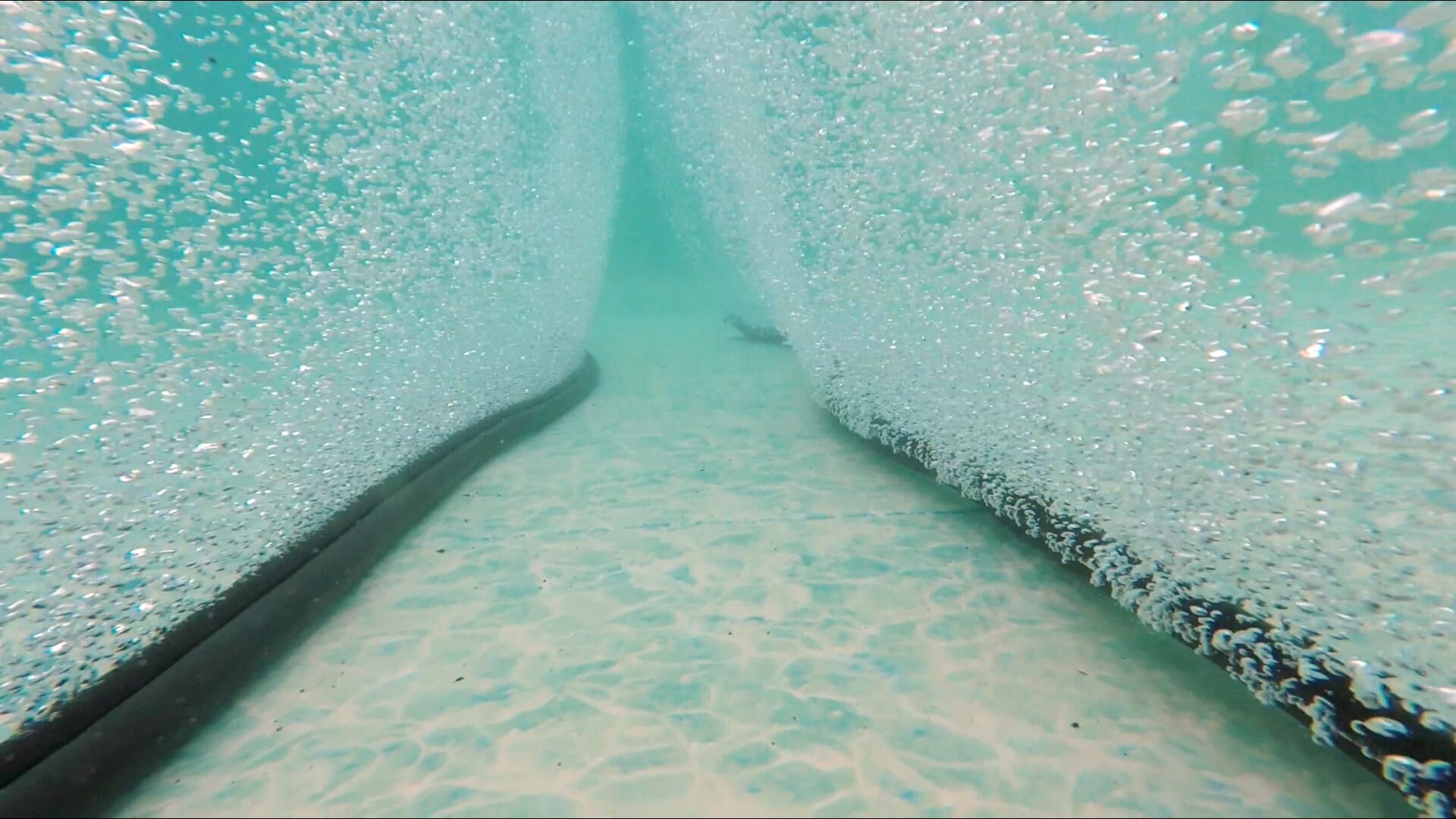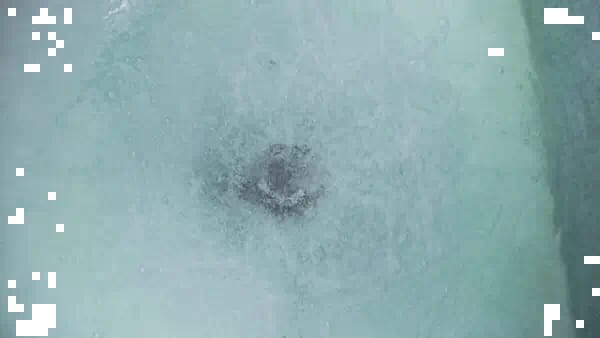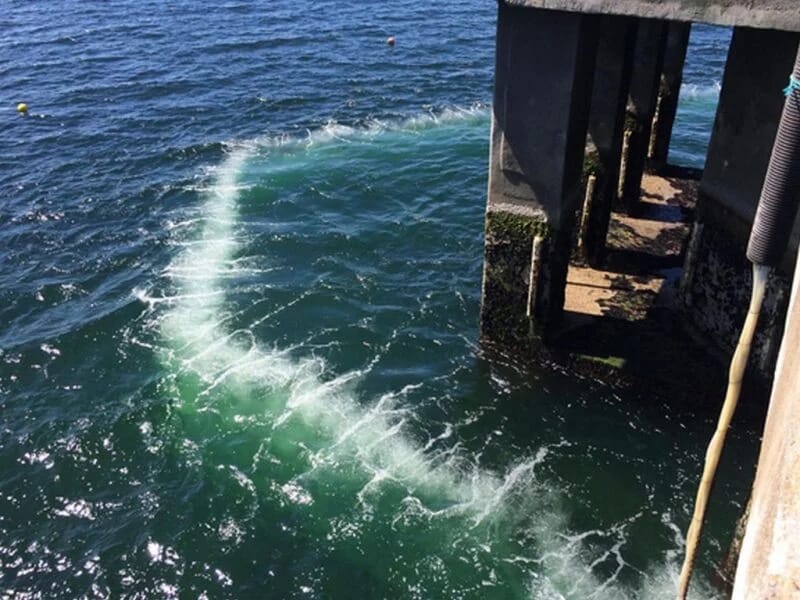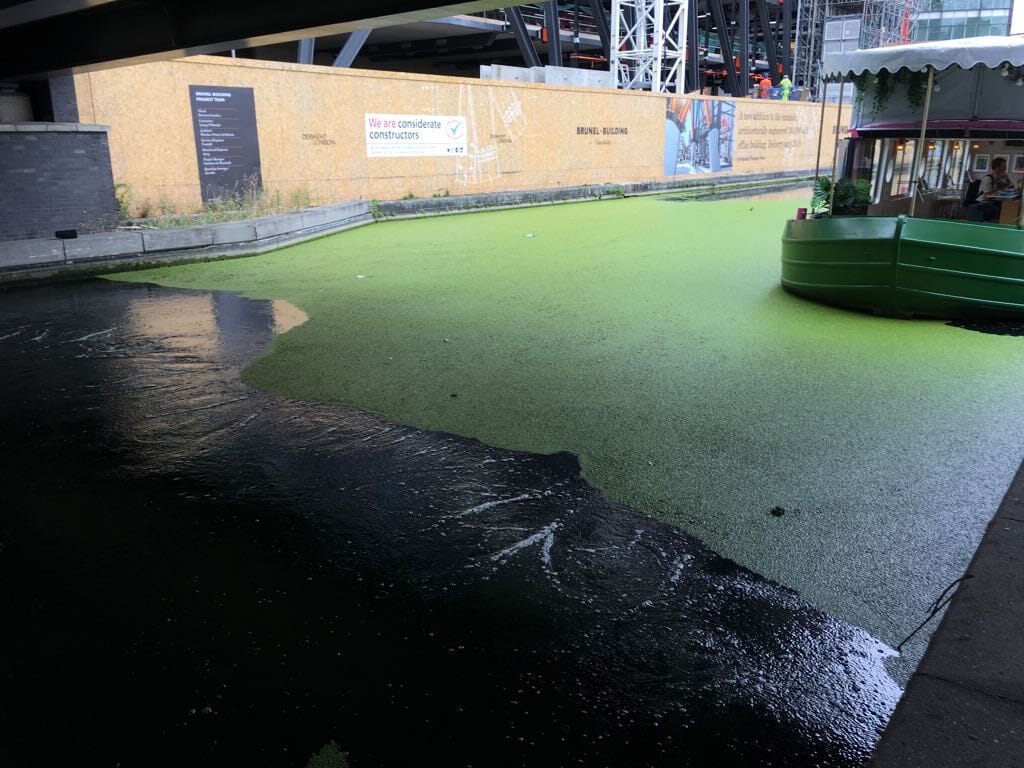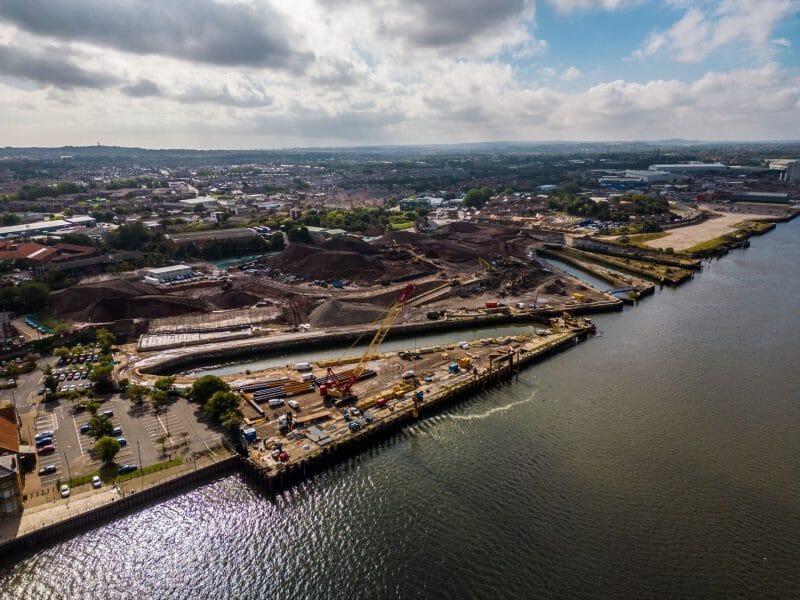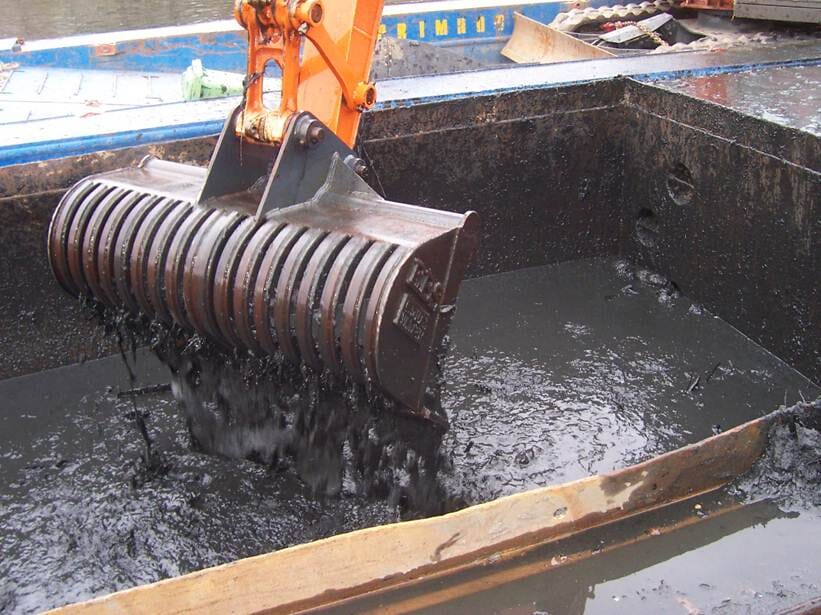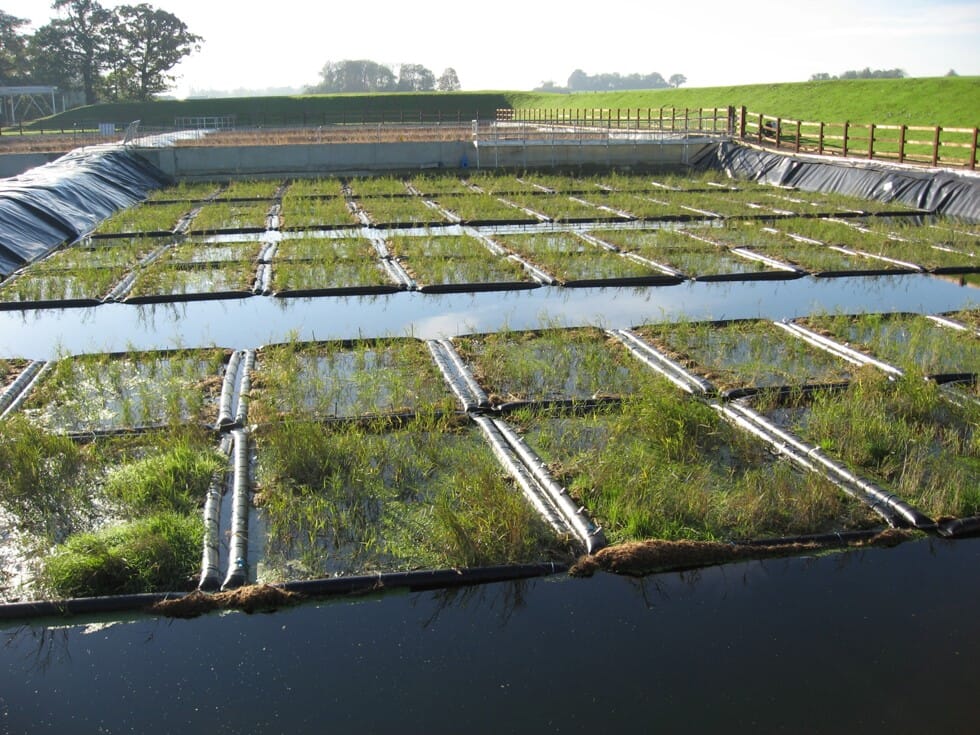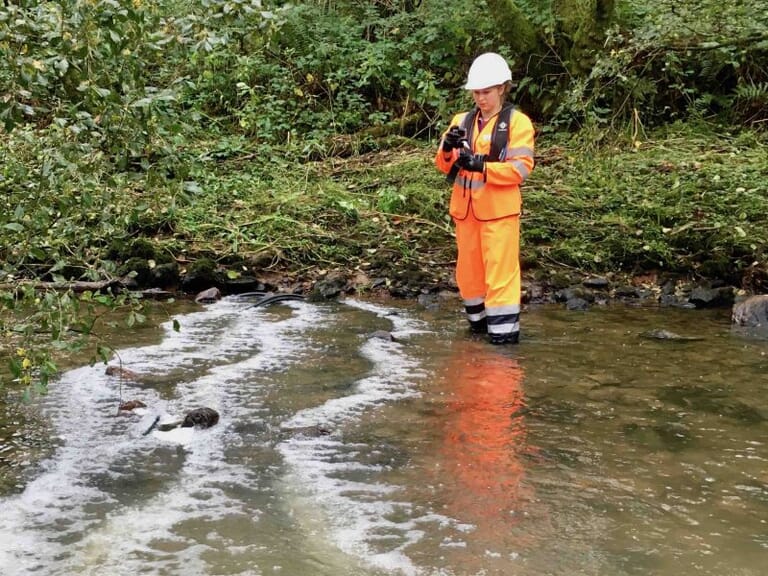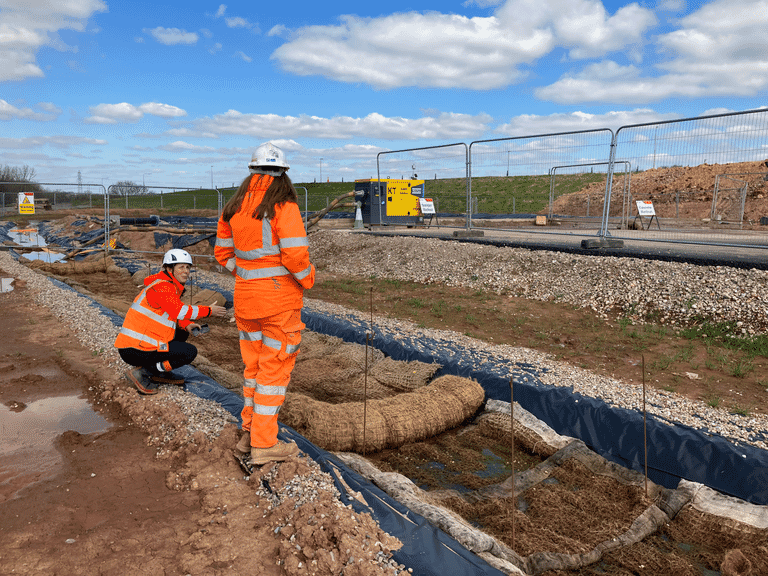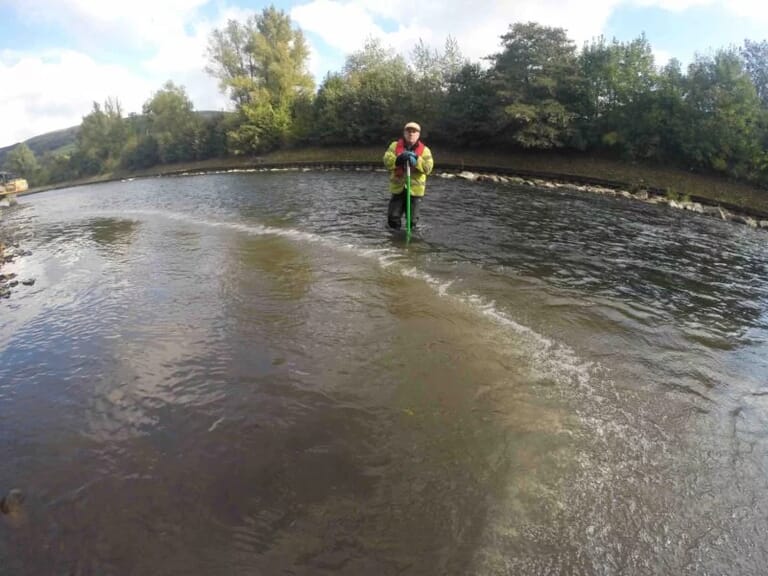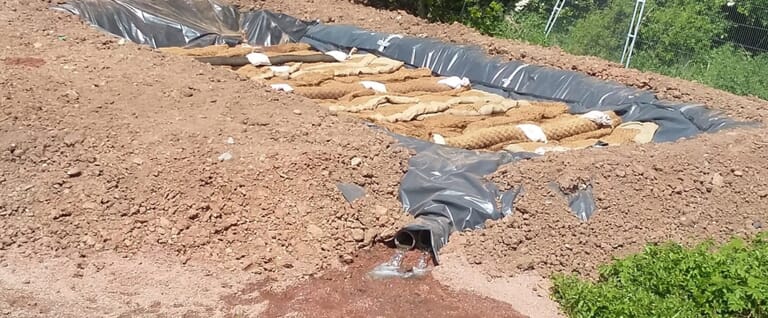Here at Frog Environmental, we’re proud to work with world class suppliers to bring high performing water quality and pollution prevention products to the UK and Europe. You can download the findings of this research paper at the top of this page.
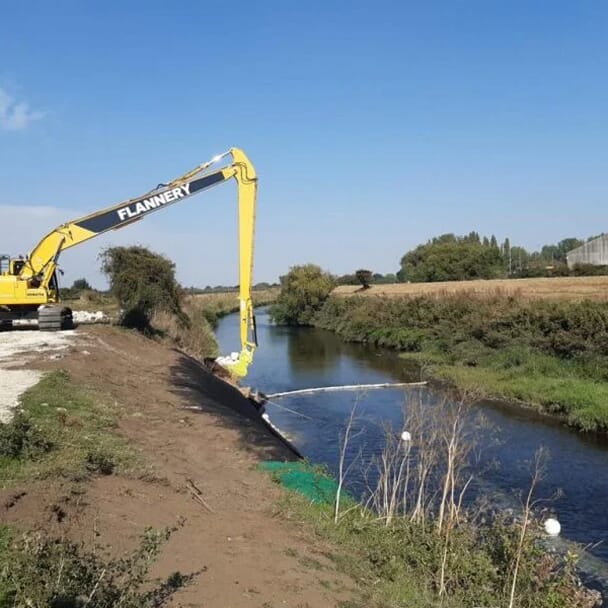
Influencing river morphodynamics with bubble screens
The reported laboratory experiments demonstrate the potential of the bubble-screen technique to modify the morphology in a variety of applications in shallow rivers and open channels.
Categories:
Aeration
Bubble Curtains & Barriers
Influencing river morphodynamics with bubble screens
Download PDF
Please fill in the form below to download the PDF.
"*" indicates required fields
Research abstract
In the past decades, river engineering projects have shown a tendency towards more sustainable techniques. Preserving river ecomorphology while maintaining its principal economical functions calls for engineering techniques that intelligibly influence the fluvial system rather than forcing it. In this research project, an innovative technique that consists in indirectly manipulating the river morphology by provoking changes in the secondary flow patterns is investigated. A bubble screen, originating from a porous tube located on the river bed, can generate a secondary flow, called bubble-induced secondary flow, which is able to redistribute velocity patterns and consequently modify the bed morphology. The main advantage of this technique, contrary to “hard” engineering techniques such as groynes, riprap, or bottom vanes, is that it does not imply a fixed construction on the river bed that can represent a threat for shipping.
The bubble-screen technique has no visual impact, and can be used in a non-permanent way. The objectives of the present research project are to investigate how river morphodynamics can be influenced by means of the bubble-screen technique. Special attention is given to the feasibility of the bubble-screen technique on inbank flow in a sharply curved laboratory flume with fixed banks with the aim of reducing local erosion near the outer bank and attenuating the morphological gradients resulting from the complex interactions between streamwise flow, curvature-induced secondary flow and bed morphology. Several laboratory experiments are performed following a stepwise approach with increasing degree of complexity. Straight flow experiments show that the bubble-induced secondary flow redistributes the streamwise velocity, which modifies also bed morphology. The strength and size of the bubble-induced secondary flow are found to be independent of the base flow velocity and to increase with the water depth. The size of the secondary flow cell ranges from 3 (immobile bed) to 7 (mobile bed) times the water depth. Similar sizes of bubble-induced secondary flow cells have been reported in literature for water depths ranging from 0.1 to 5 m, indicating that laboratory experiments are relevant for an application in natural rivers and open-channels. On a mobile bed, a positive interplay occurs between the bubble screen, the bubble-induced secondary flow and the morphology. This coupled hydraulic-morphologic behaviour explains the larger size and strength of the secondary flow over a mobile bed than over an immobile bed.
Experiments performed in a sharply curved open-channel bend under clear-water scour conditions show that the bubble-induced secondary flow shifts the curvature-induced secondary flow in inwards direction and reduces its strength. The bubble screen considerably reduces morphological gradients. Maximum bend scour is reduced by about 50% and occurs further away from the outer bank where it does not endanger the bank stability. The location of maximum scour coincides with the junction of curvature-induced and bubble-induced secondary flows.
At this location, the maximum streamwise velocities and maximum vertical velocities impinging on the bed also occur, which indicates their importance with respect to the formation of bend scour. The bubble screen also substantially reduces deposition at the inner bank. Experiments performed in the curved channel under live-bed conditions, i.e. with a constant sediment feeding at the flume entry, show that the bubble-screen efficiency is not uniform on the whole length of the flume. In the upstream part of the bend, the strength of the curvature-induced secondary flow is too strong to be influenced by the bubble-induced secondary flow. However, in the downstream part of the bend, as the curvature-induced secondary flow is weaker, the bubble-induced secondary flow is able to modify the flow patterns and to shift the scour location in the middle of the flume. Experiments performed with several transverse positions of the porous tube respective to the outer bank, indicate that the bubble screen is more efficient when located the nearest from the outer bank.
Finally, the dependency of the efficiency of the bubble-screen technique on the different bed and sediment conditions is investigated. Based on this new insight, a straightforward method to evaluate the efficiency of a bubble screen to redistribute the flow patterns and the morphology is proposed, and applied on two natural bends on the Nishnabotna East and Ledra rivers. The minimum air discharge required to counteract the maximal transverse velocities induced by the curvature are relatively low as compared to other types of environmental applications of the bubble screens. The reported laboratory experiments demonstrate the potential of the bubble-screen technique to modify the morphology in a variety of applications in shallow rivers and open channels.
